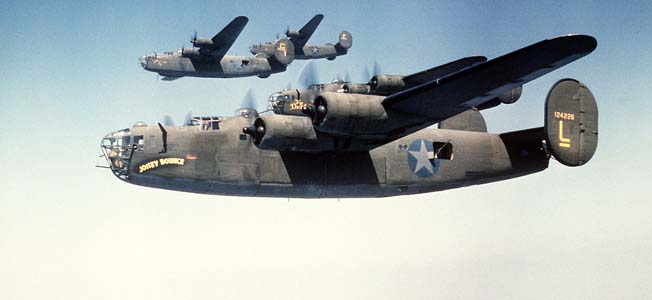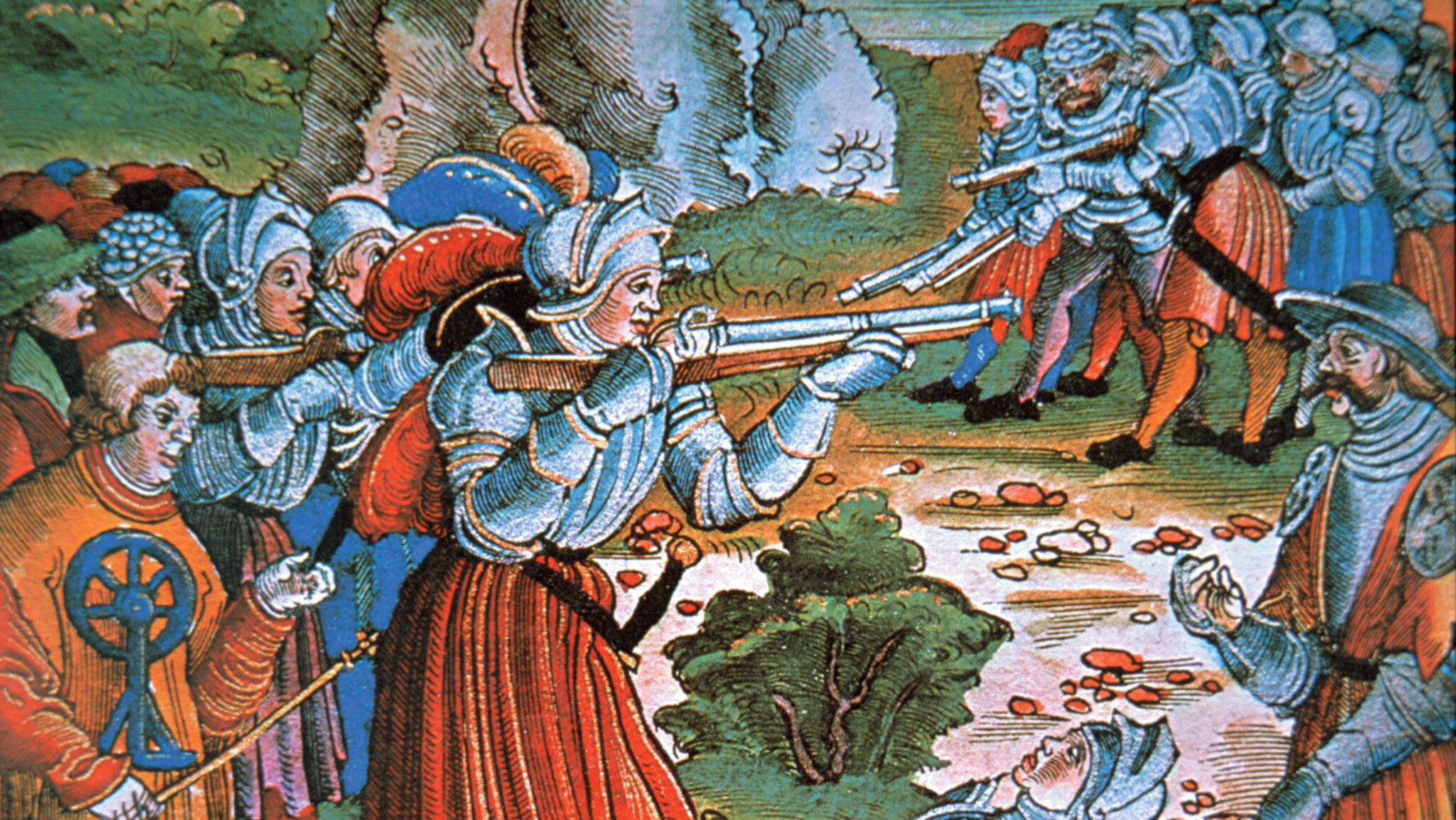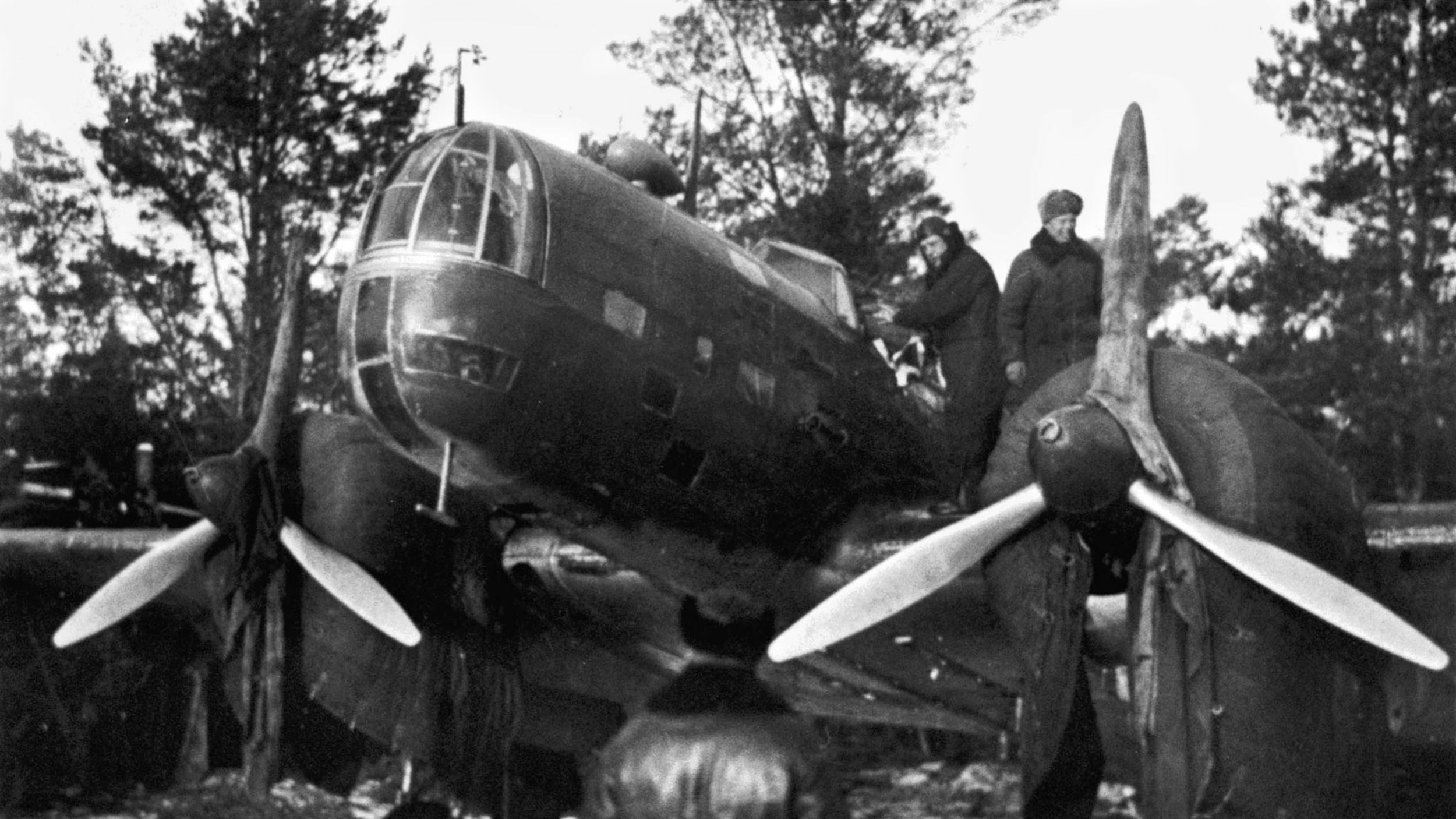By Allyn Vannoy
U.S. involvement in WWII grew to be about 16,000,000 military personnel by the war’s end: approximately 11,200,000 in the Army, 4,200,000 in the Navy, and 660,000 in the Marine Corps. On 1 July 1939, however, the strength of the active Army was approximately 174,000—three quarters of whom were scattered throughout the continental United States; the rest stationed overseas.
The Regular Army was supplemented by the National Guard, which had just 200,000 men. The Guard organization had only come into being in 1933. An Organized Reserve, which existed for the purpose of supporting mobilization, contained a pool of over 100,000 trained officers, mainly graduates of the Reserve Officers’ Training Corps.
State of Emergency: 227,000 to 1.4 Million Men
On 8 September 1939, President Roosevelt declared a limited national emergency, raising the strength of the Regular Army to 227,000. Then, with the growing war in Europe, the US Government approved the Selective Service Act in September 1940. This authorized the Army’s strength to be increased to 1.4 million men—500,000 Regulars, 270,000 Guardsmen, and 630,000 Selectees.
In March 1942, the Army was re-organized into three forces: the Army Ground Forces (AGF), Army Air Forces (AAF), and the Army Service Forces (ASF),the latter included the corps of engineers, quartermaster corps, medical corps, signal corps, chemical warfare service, ordnance department, and the military police corps.
Growing the Air Force from 152,000 to 2.4 Million
In 1941, the Army Air Corps had just 152,125 personnel. The AAF grew to a peak of over 2.4 million personnel and approximately 80,000 aircraft in 1944.
The US Army would eventually mobilize 91 divisions as compared to 120 for the Japanese, 313 German, 50 Commonwealth, and 550 Russian divisions. However, unlike some countries, the American divisions would be maintained near full strength throughout the war.

In the summer of 1943 the decision was made to build the Army to an effective strength of 7.7 million personnel. By 1945, operating strength reached 8.3 million. But only 2.75 million, or a third, were in the AGF. About 1,200,000 personnel were assigned to divisions and 1,500,000 to non-divisional units. Non-divisional forces included service units and some additional combat troops not initially assigned to a division.
“A Prodigy of Organization”
Of the three major theaters of operation during the war, 22 divisions were deployed to the Pacific, 15 divisions to the Mediterranean, and 61 divisions to Europe. Seven divisions served in both the Mediterranean and European Theaters.
Divisions of the U.S. Army were part of either of four organizations: the Regular Army, National Guard, Organized Reserve, or Army of the United States. The numbering of divisions was arranged as: 1 to 25 for the Regular Army; 26 to 45 for the National Guard; and 46 to 106 for the Army of the U.S. There were exceptions. The two airborne divisions, 82nd and 101st, were re-designated Regular Army when converted from infantry to airborne divisions. The 25th was formed from troops of the Hawaiian Division and was classified as an Army of the U.S. division. The 42nd Division, a National Guard division, was mobilized as an Army of the U.S. division.
Winston Churchill described the American Army during the war years as a “prodigy of organization… an achievement which soldiers of every other country will always study with admiration and envy.”










The peak size of the US military in WWII was 12.2 million. Many dont understand that even though 16.4 million served in the US military its peak size at any one time was 12.2 million which may have been the largest in WWII. The USSR used a good 25 million troops in the war but its peak size was around 12 to 13 million. Many were captured , killed and wounded so when the would loose a million or more they would mobilize more troops. Thats how most armies , navies and air forces used many more troops then the peak size. Same as Germany who used 17.9 million in its 6 years of war but it military was never larger then around 10 million at any one time. As far as I have read and researched the US and USSR had the largest militaries in WWII by wars end.
The term ‘Division’ is like the term ‘love’ overused and little understood. Many military history books quote division numbers to make comparisons between various militaries, but this a poorly used metric, as divisions can vary greatly in size and constitution between countries. For example, the USSR had over 500 divisions compared with about 100 in the US military and yet both countries fielded around 12 million personnel. Not mentioned in such comparisons is the abysmal divisional slice in the USSR of about 20,000 where the US military is closer to 120,000, if supporting elements in the Navy and Airforce are included. An article drilling down into these differences would be very insightful.